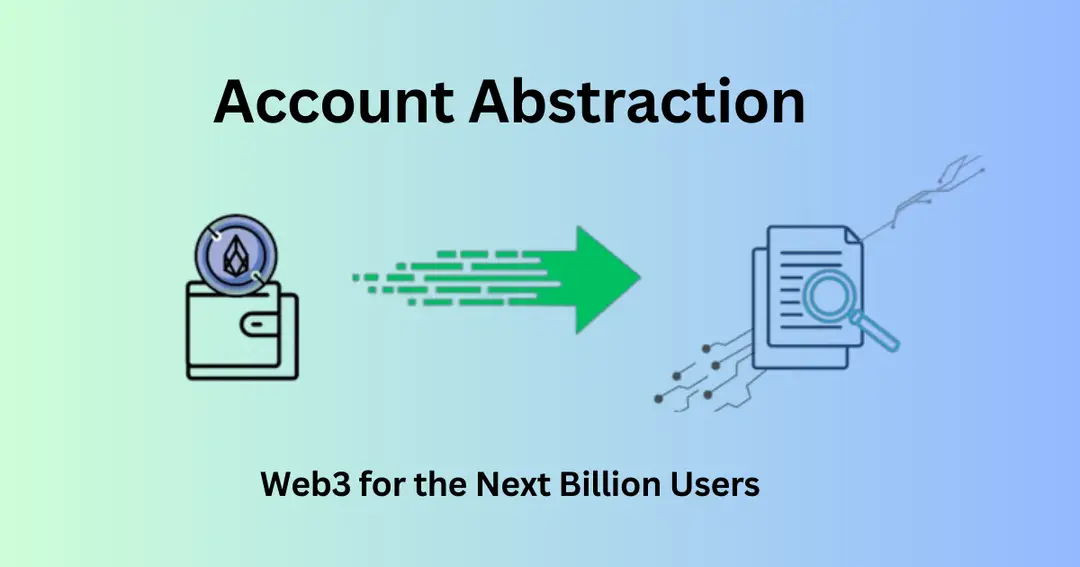Welcome to the Web3 world, where digital finance and applications are shown in a revolutionary way through the fusion of blockchain technology, cryptocurrencies, and a pioneering spirit. Are you overwhelmed by the wealth of terms in the Web3 world that you don’t understand? Are those slangs barriers for you to learn about Web3? Don’t worry! We’re here to explain the obscure terms to guide your learning. Today, we're diving into an exciting development in the world of Web3: [Account].
In Web3, an "account" is a critical component that interacts with the blockchain network. It holds digital assets, executes transactions, and interacts with decentralized applications (dApps). An account in the blockchain context is identified by a unique address and is secured with cryptographic keys. There are two primary types of accounts on Ethereum-like blockchains: 1.Externally Owned Accounts (EOAs): Controlled directly by human users through private keys, EOAs can initiate transactions, interact with smart contracts, and hold cryptocurrency balances.
2.Contract Accounts: Governed by their embedded code (smart contracts), these accounts execute predefined functions automatically in response to received transactions or messages. These accounts facilitate a variety of operations within the blockchain from basic fund transfers to sophisticated interactions with decentralized applications, thereby driving the ecosystem’s flexibility and functionality.
Creating an account involves generating a cryptographic key pair, consisting of a private key and a public key. The public key undergoes a cryptographic hash function to produce a unique address that serves as the account's identifier.
●Initiation: Transactions are initiated from accounts by signing them with the private key. This signature proves the ownership and authorizes the transaction without revealing the private key.
●Interaction with dApps: Accounts can deploy or call functions of smart contracts. This interaction is pivotal for using features and services offered by dApps on the blockchain.
Blockchain accounts leverage advanced cryptographic techniques, ensuring that access to the account’s funds and assets is controlled solely by the individual holding the private key. This security feature is critical in preventing unauthorized access and fraud.
Users have complete control over their accounts, allowing them to manage their assets, engage with various protocols, and participate in governance systems of decentralized organizations without needing intermediaries.
Accounts on the blockchain can send and receive multiple types of cryptocurrencies, interact with a myriad of smart contracts, and are capable of executing complex programmable transactions.
These accounts require multiple private keys to authorize a transaction, enhancing security for organizational funds and sensitive operations.
Beyond merely sending and receiving funds, these accounts can automatically execute functions when certain conditions are met, facilitating automated services and operations.
Hierarchical Deterministic (HD) Accounts
HD wallets can generate a hierarchical tree-like structure of accounts from a single seed, providing organized management and backup capabilities for multiple accounts.
The development of account structures and management in Web3 is an ongoing process, with innovations aimed at enhancing security, usability, and interoperability across various blockchain networks. As the technology matures, we anticipate seeing more robust and user-friendly account features, making blockchain technology accessible to a broader audience and further securing its position as a cornerstone of digital finance and decentralized applications.
With their pivotal role in blockchain operations and their continuous evolution, accounts are set to remain at the heart of the blockchain ecosystem, facilitating the growth and adoption of Web3 technologies across various sectors.

